New technology improves evaluation of hearing disorders
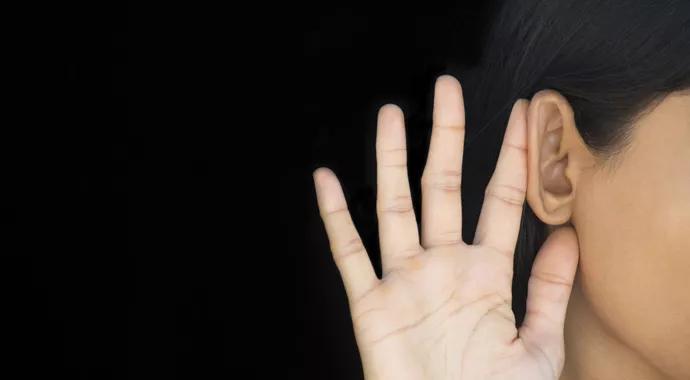
By Craig W. Newman, PhD, and Sharon A. Sandridge, PhD
Advertisement
Cleveland Clinic is a non-profit academic medical center. Advertising on our site helps support our mission. We do not endorse non-Cleveland Clinic products or services. Policy
Innovations that improve the assessment and management of patients with hearing loss, tinnitus and other otologic impairments are the focus of activity in Cleveland Clinic’s Audiology Research Laboratory. Our mission includes investigating and/or developing practical clinical tools and technologies that can have an immediate application in everyday clinical practice. Below are synopses of investigations currently underway in the Audiology Research Laboratory.
Cochlear implant technology requires outcomes measures that are ecologically valid and sufficiently difficult to avoid ceiling effects. The Audiology Research Laboratory team has selected an existing test —the Speech Perception in Noise (SPIN) test — and modified it to increase the level of listening difficulty. The standard SPIN test is based on sentence-length materials that contain high- and low predictability contextual cues.
We modified the SPIN test by applying four different reverberation conditions that increase listening difficulty while simulating different environmental situations. The reverberation conditions progress from easy to very difficult:
Our new test, which we call the SPIN-Reverberation test, is designed to be administered to cochlear implant patients across all listening skill levels. The availability of multiple lists that have been shown to be equivalent allows for pre- and post-testing to assess patient benefit.
Advertisement
Digital signal-processing algorithms in today’s hearing devices are designed not only to provide audibility for speech and nonspeech signals but to increase the clarity of sounds in complex environments. We undertook a study to compare various engineered signal-processing strategies in patients with sensorineural hearing loss. For this investigation, we are using a series of laboratory tests of speech understanding in quiet and noise, as well as subjective measures (i.e., questionnaires).
Our intent is to identify specific signal-processing algorithms that provide the greatest benefit with the least amount of listening effort. These benefits include achieving a natural sound quality and improving comprehension in background noise and reverberant environments.
We are currently evaluating the efficacy of a new ear-level device that combines state-of-the-art digital signal processing and proprietary therapeutic sounds for patients with tinnitus. The set of therapeutic sounds includes natural environmental soundscapes such as waterfalls, ocean waves and “night sounds.” These therapeutic sounds have been developed as an alternative to the traditional white noise used for tinnitus masking and/or habituation regimens.
We are evaluating these new devices by quantifying changes in our patients’ perceived tinnitus handicap and distress over a six-month period. Our assessment tools include a series of standardized tinnitus disease-specific questionnaires, generic measures of health-related quality of life (HRQoL) and user listening preference tools.
Advertisement
The social support network of patients with clinically significant tinnitus is likely to play an important role in these patients’ ability to cope with and manage the disabling consequences of tinnitus. In this context, the quality and structure of a spousal relationship can influence how patients with chronic conditions manage their circumstances. It can also affect how patients perceive their biopsychosocial health status.
In Cleveland Clinic’s multispecialty Tinnitus Management Clinic, we are using the Tinnitus Handicap Inventory (THI) and its companion form for spouses (THI-SP) to compare our patients’ perceptions of their tinnitus with their spouses’ perceptions before we undertake any extensive counseling and management. A spouse’s empathy regarding the handicapping nature of tinnitus may be critical to the well-being of the relationship and to the mental health of each partner. Our determination of the degree of spousal comprehension will ultimately influence counseling strategies, tinnitus management options and treatment outcome.
Hearing loss, tinnitus and falls are among the most common problems that older adults face. The underdetection and undertreatment of these manageable (medically and/or rehabilitatively) otologic impairments can have a negative impact on HRQoL and quality of care.
We are in the first phase of a study to evaluate the psychometric characteristics of a newly developed screening tool called the Screening for Otologic Functional Impairments in the Elderly (SOFIE) instrument. The 10-item SOFIE was developed by selecting items from the Hearing Handicap Inventory for the Elderly, the Dizziness Handicap Inventory and the THI.
Advertisement
In the second phase of our study, we will evaluate the efficacy and utility of SOFIE for use by primary care physicians and nurses so they can identify and refer older adults at risk for otologic functional impairments.
Dr. Newman (newmanc@ccf.org) is Section Head of Audiology and Co-Director of the Audiology Research Laboratory in the Head & Neck Institute.
Dr. Sandridge (sandridges@ccf.org) is Director of Clinical Audiology Services and Co-Director of the Audiology Research Laboratory.

Advertisement
Advertisement

Cleveland Clinic physicians weigh in
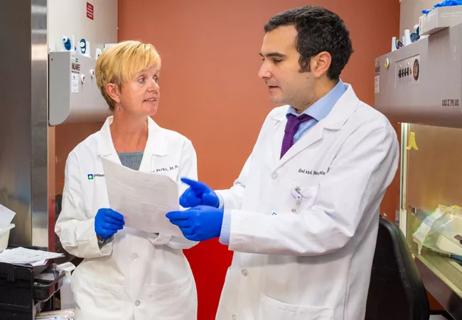
New research adds to understanding of an understudied link
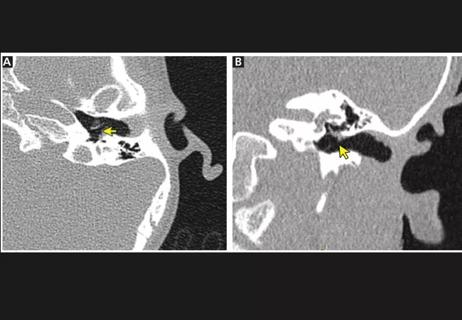
The rare condition can cause structural damage if untreated
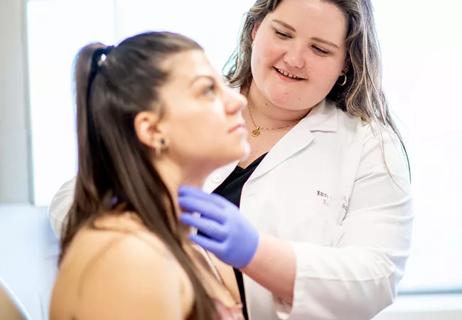
A recently published case series highlights the broad range of laryngeal findings that can present among individuals with EDS
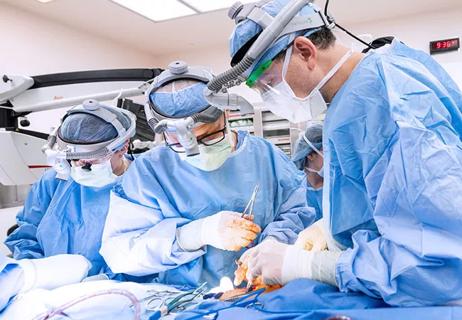
Newly published research shows how the surgical technique is a game-changer for patients with ORN

First five-year prospective study provides valuable data to guide decision-making

The Head & Neck Institute will make its initial footprint in the newly constructed BioRepository building

Hearing loss management has potential to improve more than just hearing health